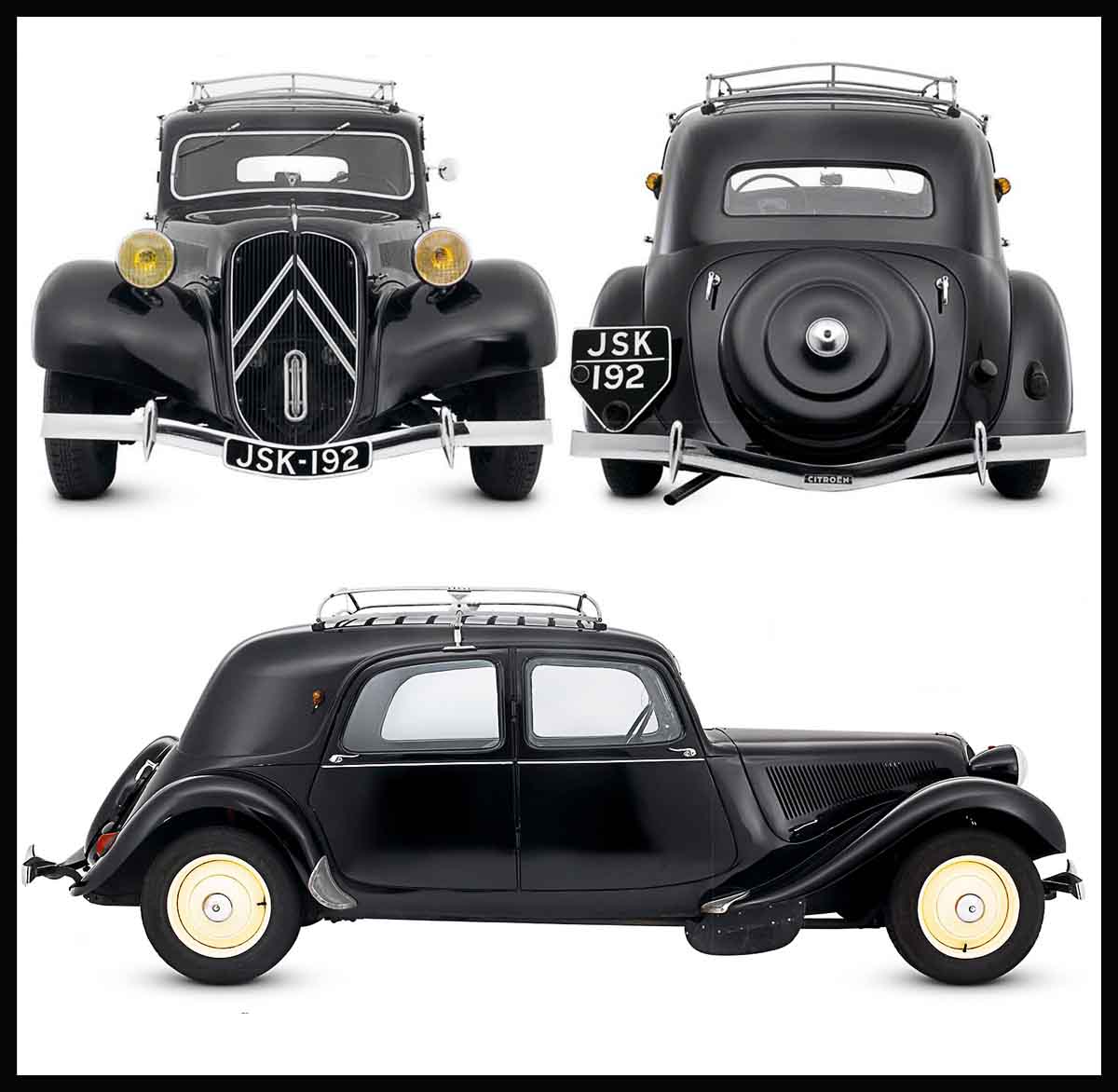
Gallic Charm
In the 1930s the French motor industry had been one of the most vibrant on the planet, but after the war, in the mid- to late 1940s, it struggled to regain its momentum. Peugeot had dabbled in electric cars before production was stopped by occupying German forces. Now, like its rivals Citroën and Renault, Peugeot simply restarted manufacture of prewar models. Luxury cars, though, were hard to find buyers for, as Talbot and its like discovered. Yet all 1940s’ French cars today are desirable for their character and venerability.
Citroën Traction Avant 15CV 1938
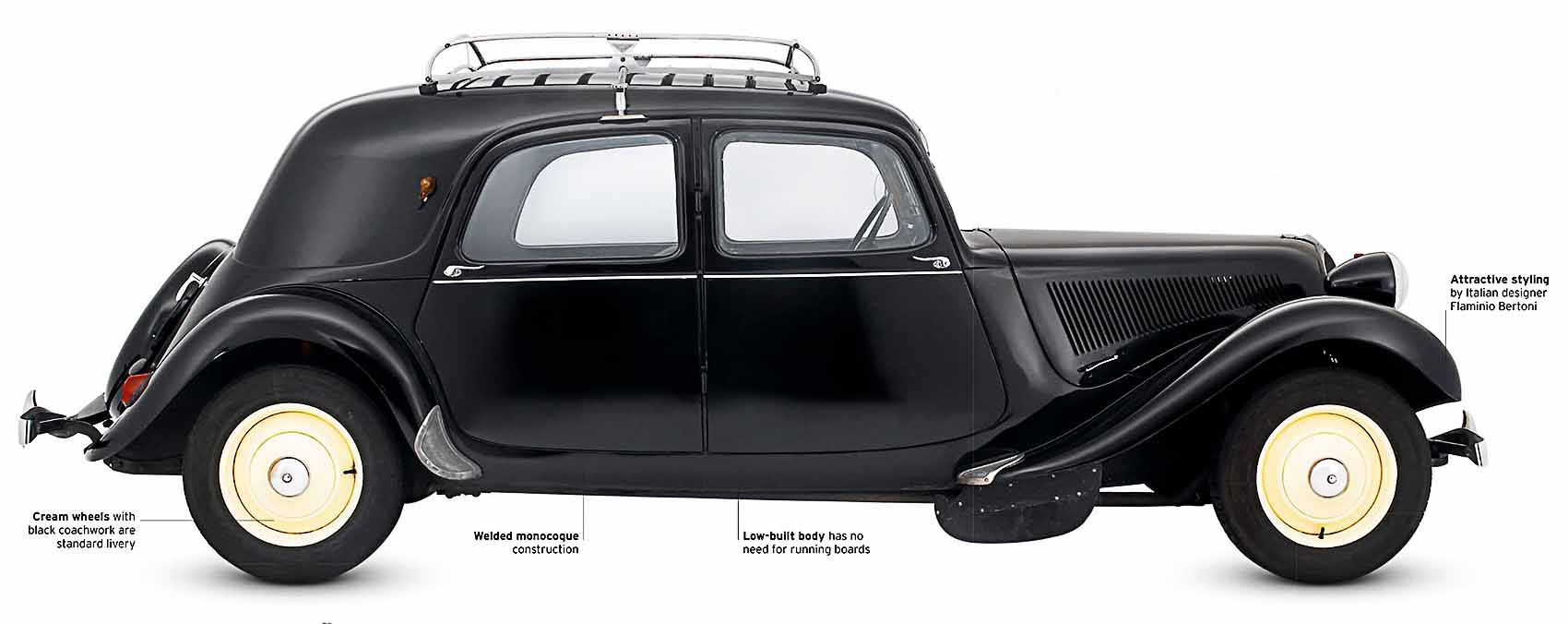
| Origin | France |
| Engine | 1,911 cc, straight-four |
| Top speed | 73 mph (118 km/h) |
Citroën shook up the motoring world with its Traction Avant or “front-wheel drive” range in 1934, with the cars still setting the standard for roadholding, comfort, and driving enjoyment more than a decade later. The car designer W.O. Bentley was an ardent fan. Indeed, in various forms the 15CVs were on sale until 1957.
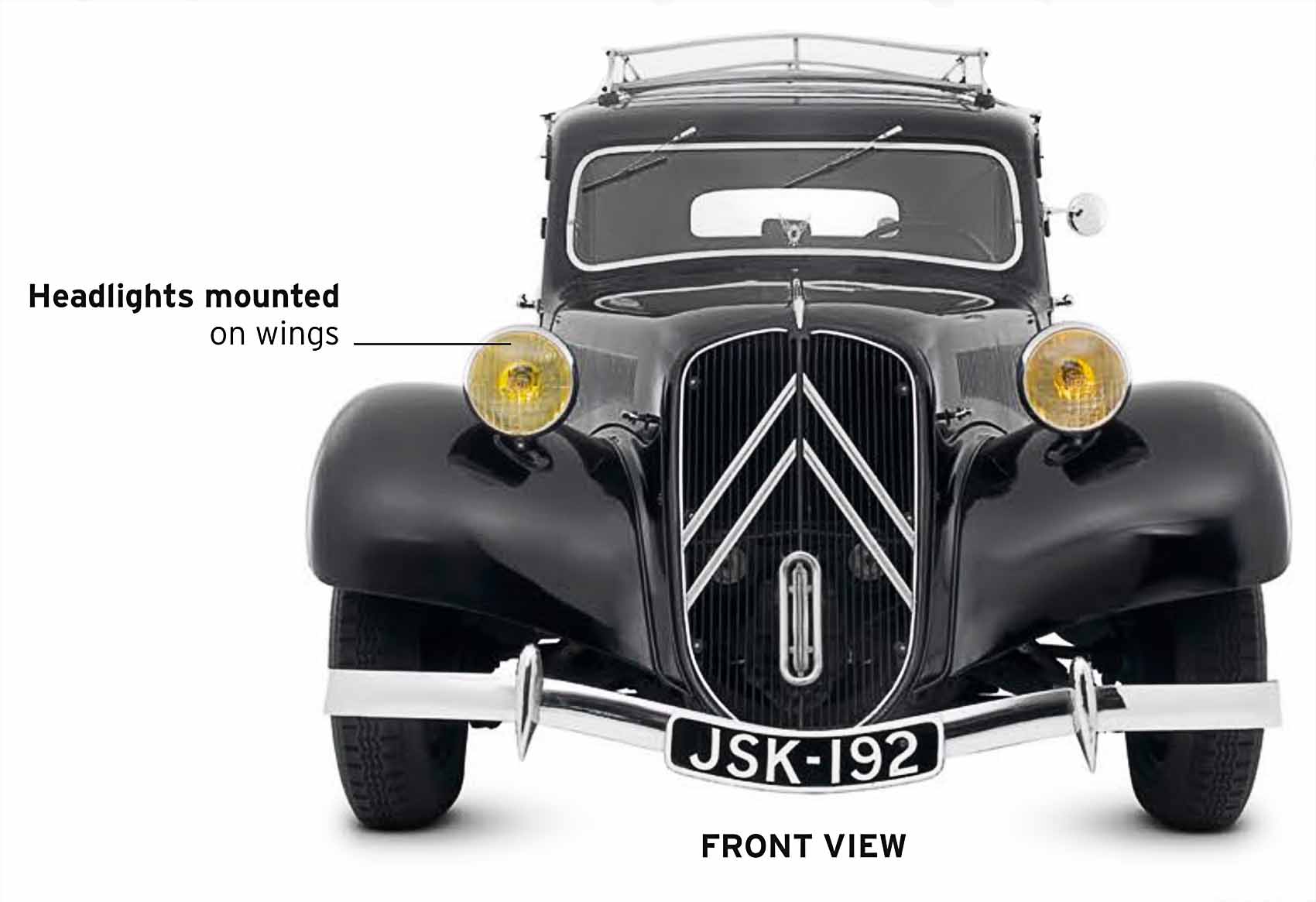
Brilliantly packaged
The Citroën’s front-wheel drive gave a new dimension to roadholding for 1930s’, ’40s’, and ’50s’ drivers. The advanced front suspension, with a torsion bar and wishbone arrangement, helped make the driving experience both safe and smooth.
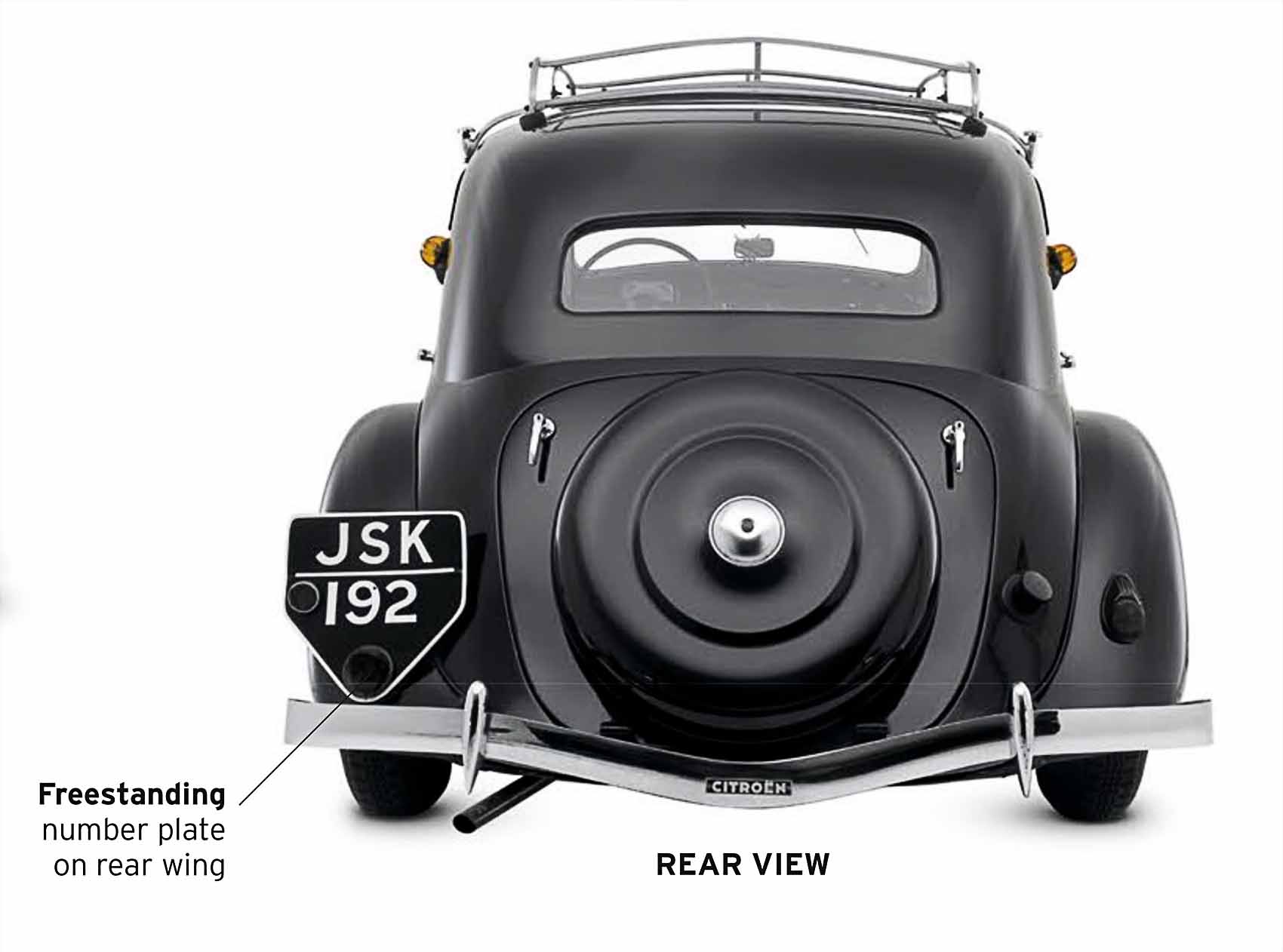
Accommodating car
Traction Avants were spacious inside, but boot space on standard saloons was restricted, especially with the spare wheel stored in the boot lid. Models manufactured for British buyers came with larger luggage space.
Talbot Lago T26 Record 1946
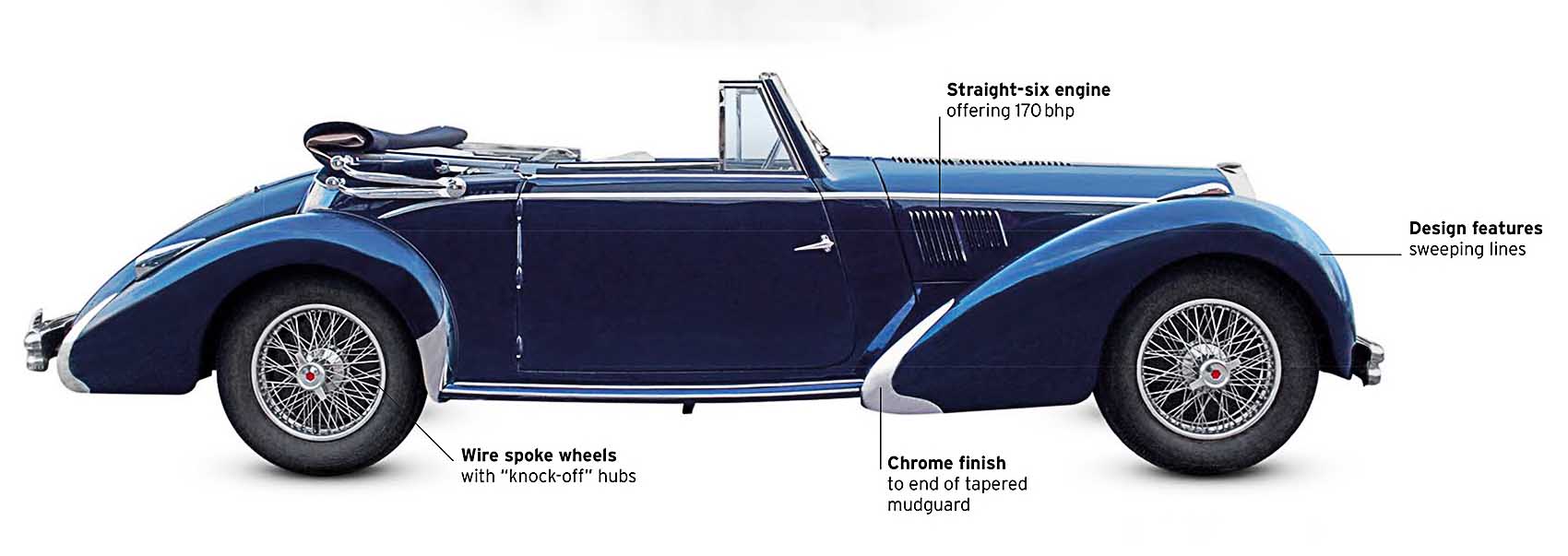
| Origin | France |
| Engine | 4,482 cc, straight-six |
| Top speed | 105 mph (169 km/h) |
Company owner Antonio Lago was quick to launch a new post-war Talbot, although it was similar in concept to prewar models. A powerful luxury touring car, the large engine incurred high taxation in France, and sales were slow.
Renault Juvaquatre 1945
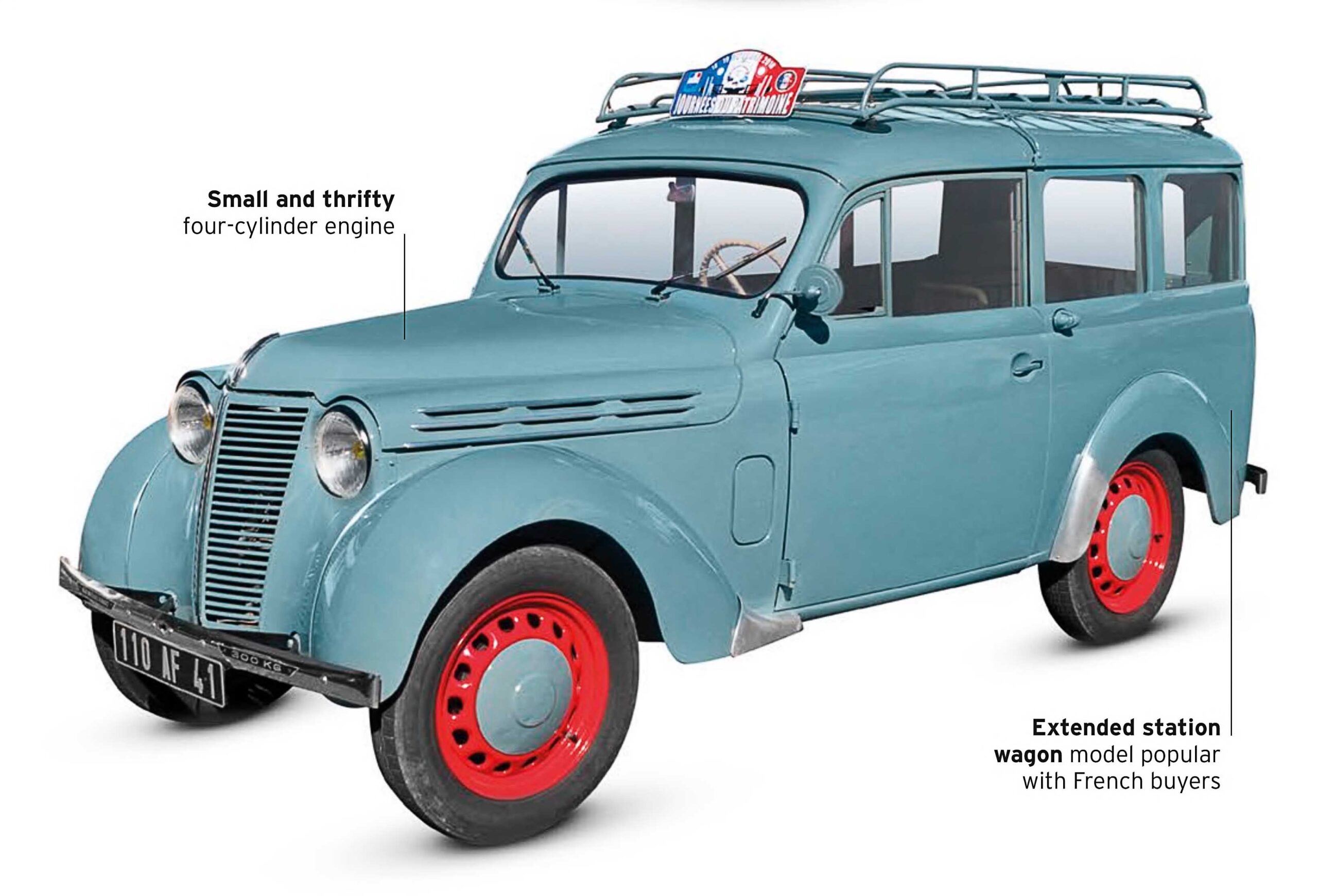
| Origin | France |
| Engine | 1,003 cc, straight-four |
| Top speed | 60 mph (96 km/h) |
This was the estate version of Renault’s first monocoque-construction, mass-market model. It was conventional and basic, with only three gears and mechanical brakes. The estate and saloon were dropped in 1948, but a van was still on sale as late as 1960.
Peugeot 202 1947
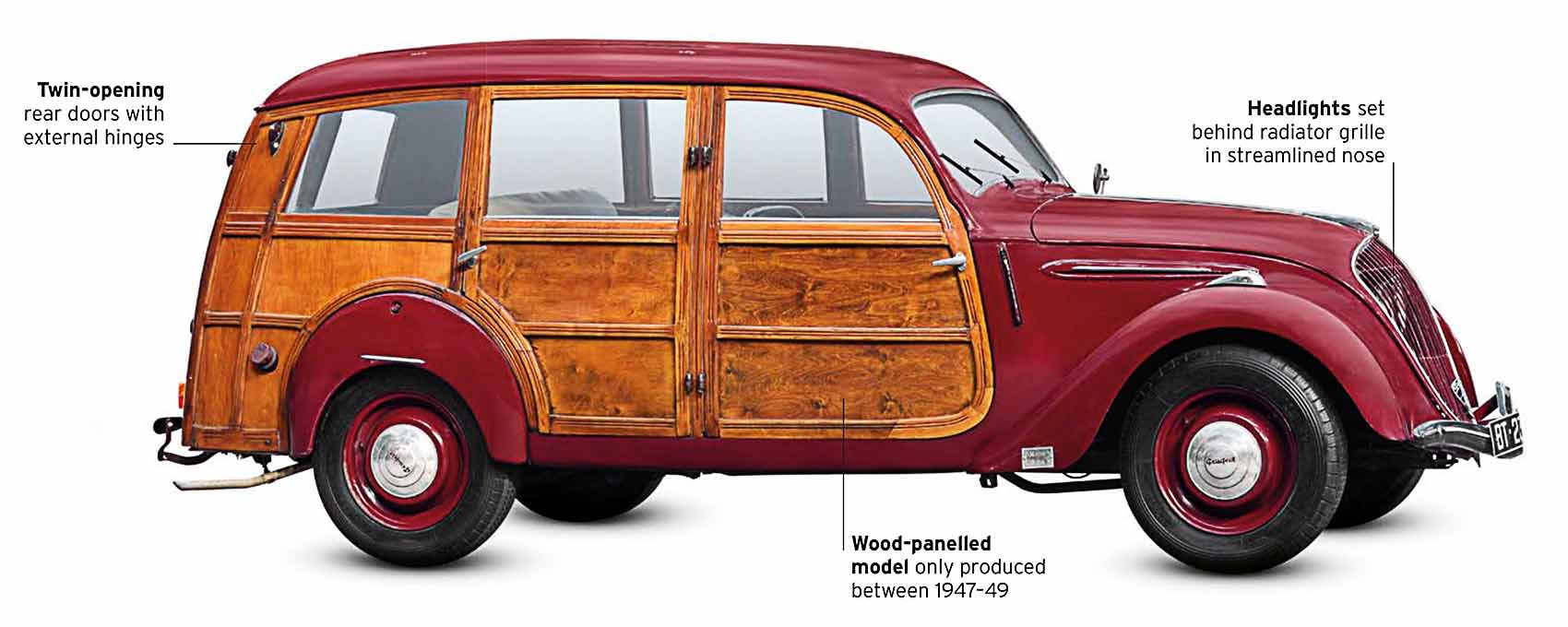
| Origin | France |
| Engine | 1,133 cc, straight-four |
| Top speed | 62 mph (100 km/h) |
Made from a combination of timber and steel, this estate version of the trusty 202 was practical, elegant, and economical. It was also an ingenious way of getting around the shortage of sheet steel in post-war France.
Peugeot VLV 1942
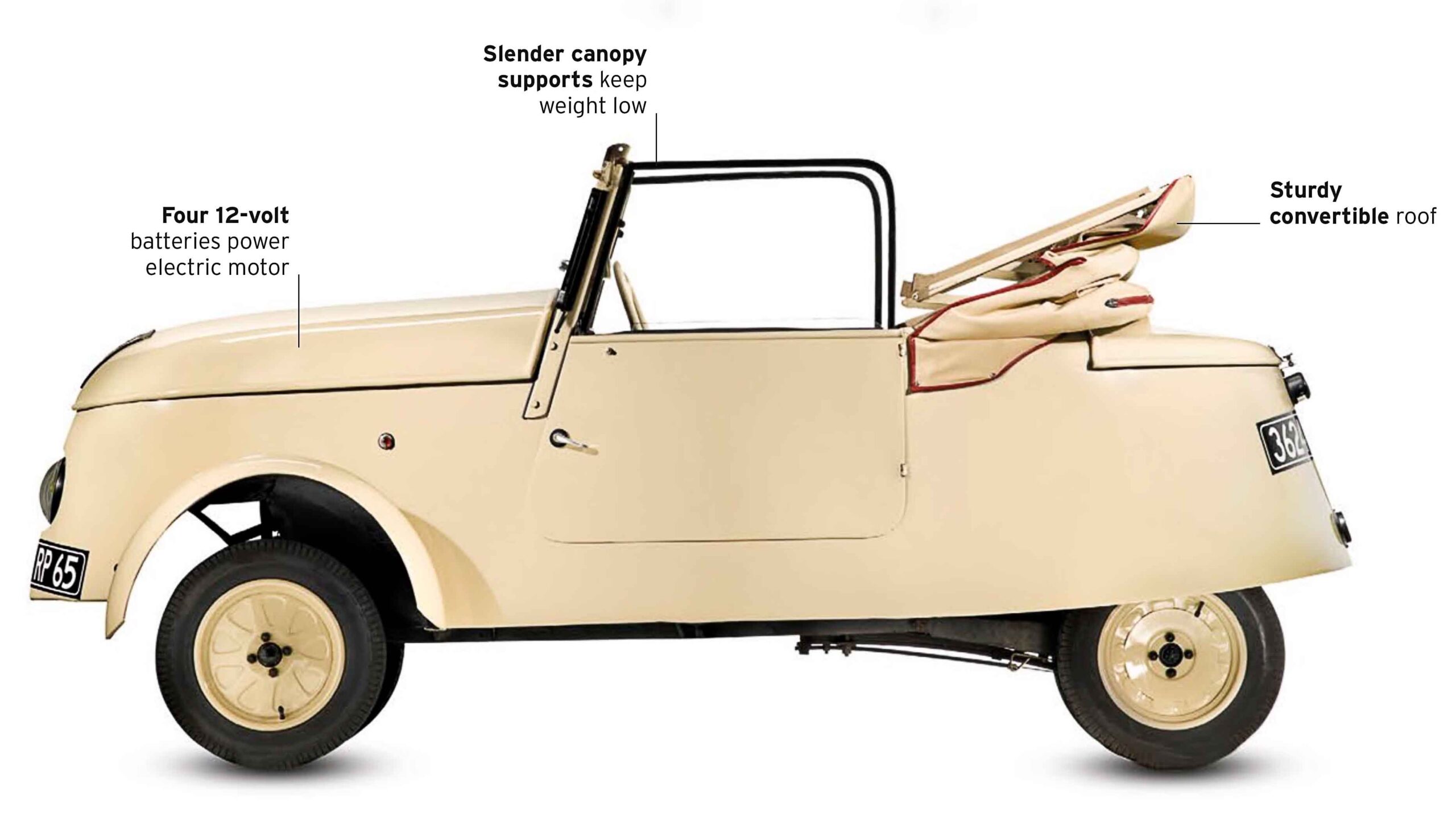
| Origin | France |
| Engine | Electric motor |
| Top speed | 22 mph (35 km/h) |
Peugeot designed this tiny, battery-powered Voiture Légère de Ville or “light city car” as a response to France’s petrol rationing. However, Nazi forces closed down production after only 377 had been built.
It is a quote. The Classic Car Book – The Definitive Visual History 2016




